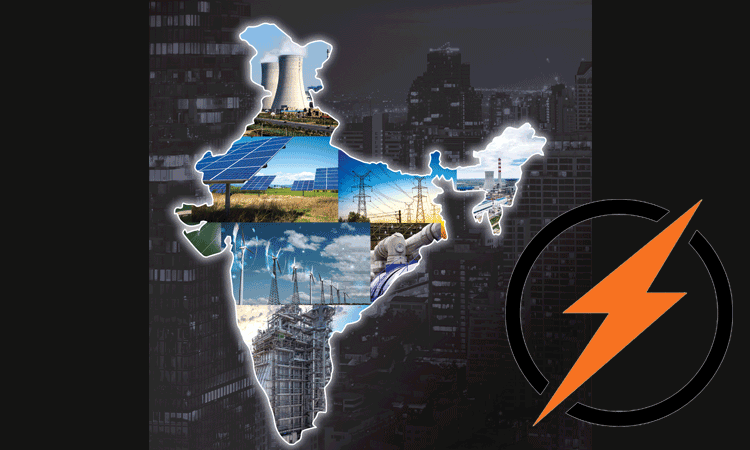Listen story in Audio
The power industry in India has been undergoing a rapid transformation over the past few years. The Indian government has set ambitious targets for the power sector in order to meet the growing demand for electricity and to support the country’s economic growth. In this article, we will explore the future of power in the Indian power industry, including the challenges and opportunities that lie ahead.
Challenges Facing the Indian Power Industry
One of the biggest challenges facing the Indian power industry is the need to increase power generation capacity in order to meet growing demand. According to the International Energy Agency (IEA), India’s electricity demand is expected to triple by 2040. To meet this demand, the Indian government has set a target to increase the country’s installed power generation capacity to 450 GW by 2030.
Another challenge facing the Indian power industry is the need to improve the efficiency and reliability of the power grid. The Indian power grid has been plagued by transmission and distribution losses, which currently account for around 20% of the total electricity generated in the country. The Indian government has set a target to reduce these losses to 15% by 2022.
Technology Trends in the Power Industry
The power industry is undergoing significant transformation as technology advances and environmental concerns continue to grow.
Renewable Energy Sources
Renewable energy sources such as solar, wind, hydro, and geothermal power are becoming increasingly important in the power industry. Advances in technology have made it possible to harness these sources of energy at a competitive cost, making them a viable alternative to fossil fuels.
Solar power, in particular, has seen significant growth in recent years due to the falling costs of solar panels and advances in energy storage technologies. According to the International Energy Agency (IEA), solar energy is expected to be the largest source of electricity in the world by 2035.

Energy Storage Technologies
Energy storage technologies are critical for the integration of renewable energy into the power grid. Advances in battery technology have made it possible to store excess energy generated from renewable sources and use it when needed. Energy storage systems are also important for ensuring grid stability and reliability.
Smart Grid Technologies
Smart grid technologies are transforming the power industry by enabling real-time monitoring and control of the power grid. Smart grids use sensors and communication technologies to collect data on energy demand and supply, enabling utilities to optimize energy use and reduce waste. Smart grids also enable the integration of renewable energy sources and energy storage systems into the grid.
Artificial Intelligence (AI)
Artificial intelligence (AI) is being used in the power industry to optimize energy production and distribution. AI algorithms can analyze large amounts of data to predict energy demand and optimize energy supply. AI is also being used to monitor and maintain power equipment, reducing maintenance costs and downtime.
Blockchain
Blockchain technology is being explored in the power industry for its potential to improve energy trading and management. Blockchain can be used to enable peer-to-peer energy trading, allowing individuals and businesses to buy and sell energy directly without the need for intermediaries. Blockchain can also be used to track the source of energy and ensure its authenticity, improving transparency and trust in the energy market.
The power industry is being transformed by advances in technology, particularly in renewable energy sources, energy storage, smart grid technologies, AI, and blockchain. These technologies are enabling the integration of renewable energy into the power grid and improving the efficiency and reliability of energy production and distribution. As these technologies continue to evolve, they will play a key role in shaping the future of the power industry.
Opportunities for the Indian Power Industry
Despite the challenges, there are also several opportunities for the Indian power industry. One of the biggest opportunities is the potential for renewable energy. India has set a target to install 175 GW of renewable energy capacity by 2022, including 100 GW of solar power, 60 GW of wind power, 10 GW of bioenergy, and 5 GW of small hydropower.
The Indian government is also taking steps to encourage investment in the power sector. The government has introduced several initiatives, including the Ujwal DISCOM Assurance Yojana (UDAY) and the Saubhagya scheme, which aim to improve the financial health of power distribution companies and to provide electricity to all households in the country, respectively.
In addition, the Indian power industry has the potential to become a major exporter of electricity. India is already connected to the power grids of neighboring countries such as Bangladesh, Bhutan, and Nepal, and there are plans to expand these connections to other countries in the region.
Conclusion
The future of power in the Indian power industry is bright, but it is not without its challenges. To meet the growing demand for electricity, the Indian power industry must continue to increase power generation capacity while improving the efficiency and reliability of the power grid.
At the same time, the industry must also take advantage of the opportunities presented by renewable energy and the potential for exporting electricity. With the right policies and investments, the Indian power industry has the potential to become a key driver of the country’s economic growth in the years to come.

